Anima Mundi, Beauty News
Forbidden FARM-ACY: the herbs we never feared
For generations, herbalism has been a medicine of the people—a source of healing passed down by midwives, shamans, curanderas, and community elders long before modern clinics and pharmaceuticals dominated healthcare. These traditional practitioners relied on wild plants not just to ease physical pain, but also to protect the spirit and nurture the land and community. Over time, however, many of these herbs have been labeled as dangerous, banned, or cast aside. Their demonization was not always a matter of toxicity, but often a consequence of the autonomy and empowerment they bestowed upon those who used them. Let’s dive into the forbidden herbs with Anima Mundi.
When Plants Acquired a “Dangerous” Reputation
The stigmatization of certain plants was not merely about mitigating adverse side effects but was intricately linked to the empowerment they gave to their users. Many herbs that function as aphrodisiacs, uterine stimulants, dream enhancers, and agents capable of altering consciousness allowed people—especially women—to access healing and spiritual practices outside the bounds of dominant patriarchal and colonial systems.
For example, in Europe, women who used potent plants such as belladonna or henbane were frequently branded as witches. Similarly, traditional plant-based medicines were suppressed in colonized regions under Western legal systems. These historical prohibitions continue to influence current practices, rooted in deep-seated fears and misconceptions. By exploring the elaborate history of these so-called “witch’s herbs,” we can transition from a space of fear to one of informed understanding—distinguishing fact from propaganda and reconnecting with our ancient, vital relationship with the natural world.
Banned, Restricted, and Misunderstood: 9 Herbs with Complex Legacies
1. Kava Kava (Piper methysticum)
Native to the South Pacific, Kava Kava has been traditionally used in ceremonial and communal settings to promote relaxation, alleviate anxiety, and deepen spiritual bonds. Prepared as a cold water infusion from its root, kava has gained worldwide attention as a natural alternative to conventional anti-anxiety medications. Its active compounds, kavalactones, affect GABA receptors in the brain and have been demonstrated in clinical studies to ease mild to moderate anxiety without impairing cognitive function. Despite these benefits, concerns about potential liver toxicity—often linked to improper preparation or the use of non-traditional plant parts—have led to bans or restrictions in parts of Europe, the UK, and Canada. Water-based extractions from the peeled root remain the safest method, whereas alcohol-based or commercially produced supplements can pose increased risks, especially when combined with alcohol or other medications.
2. Damiana (Turnera diffusa)
Originating from Mexico, Central America, and the Caribbean, Damiana is a small shrub renowned for its use as an aphrodisiac, mood enhancer, and digestive tonic. It has been a staple in indigenous healing practices, valued for supporting sexual vitality, easing menstrual discomfort, and uplifting the spirit. Typically prepared as a tea or infused in alcohol for ritualistic and medicinal purposes, modern studies—although limited—suggest that its flavonoids and terpenes may promote libido and reduce mild anxiety. While mostly legal today, its stimulating properties have led to regulatory oversight in some regions. High doses can trigger convulsions or other adverse effects, and allergic reactions are possible, so careful use is essential, particularly when it interacts with other medications.
3. Skullcap (Scutellaria spp.)
Belonging to the mint family, Skullcap encompasses a range of flowering plants traditionally used to support the nervous system and foster relaxation. Indigenous peoples and herbalists in North America have long employed Skullcap—often consumed as tea, tincture, or in capsule form—to address anxiety, insomnia, and muscle tension. Scientific studies imply that its mild sedative and anti-anxiety benefits likely arise from flavonoids and alkaloids influencing neurotransmitter activity. Although generally safe in moderate amounts, consuming too much can result in drowsiness, dizziness, or, in rare cases, allergic reactions and liver toxicity, especially when combined with other sedative substances. Combining it with central nervous system-affecting medications warrants extra caution.
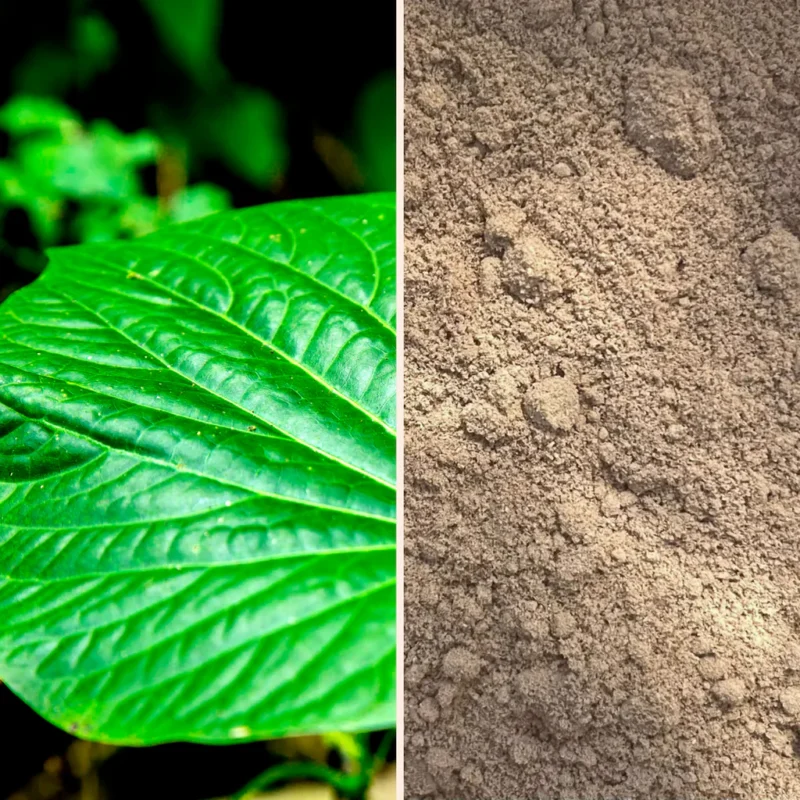
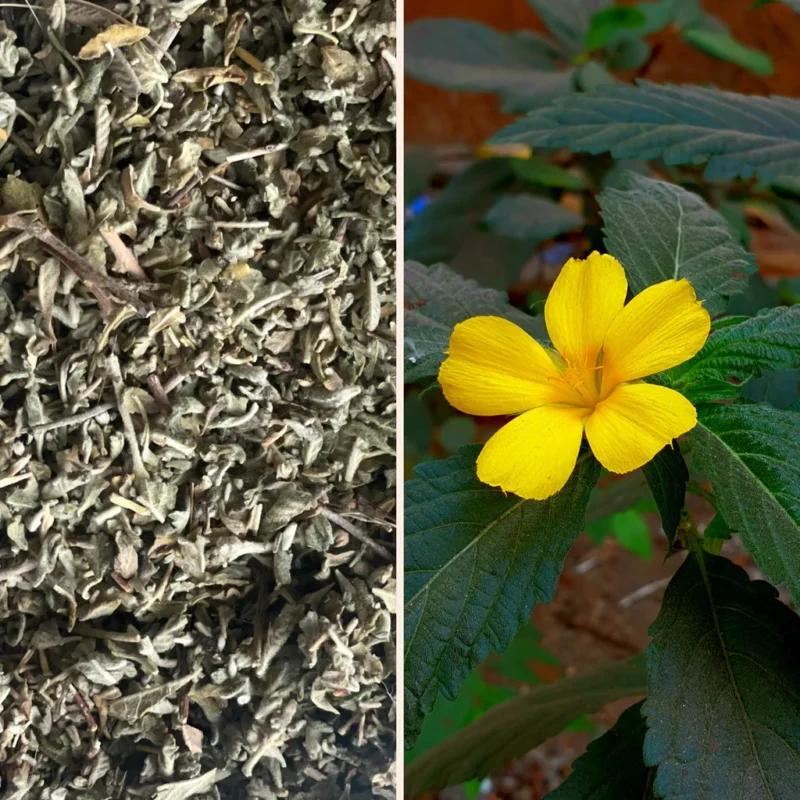



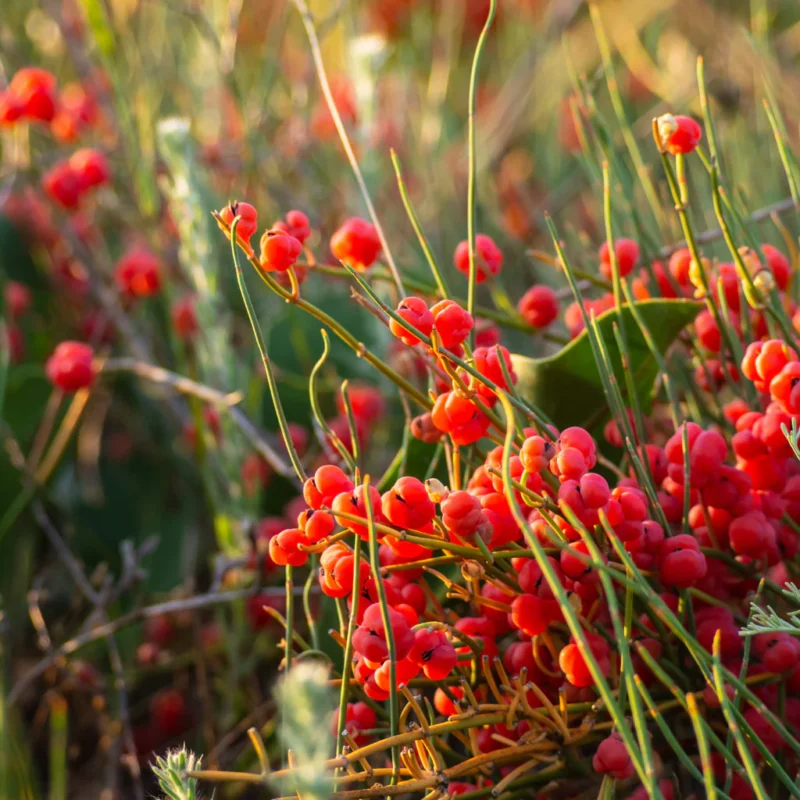
4. Wormwood (Artemisia absinthium)
Wormwood has a longstanding history in treating digestive troubles like indigestion and bloating. Famously used in the production of 19th-century absinthe, its bitter components stimulate bile production, aiding in digestion. Traditionally, it also served as a remedy to expel intestinal worms—a nod to its name. However, Wormwood contains thujone, which in large quantities can lead to neurotoxic effects including seizures, confusion, and hallucinations. Because of these risks, many countries regulate or restrict its use. When incorporated in small, controlled doses within herbal remedies, Wormwood is generally safe, but excessive ingestion can precipitate serious neurological effects. Look out for an exciting update on how we’re incorporating wormwood into our apothecary very soon!
5. Yohimbe (Pausinystalia johimbe)
Originating from Central Africa, Yohimbe has a storied past as an aphrodisiac and natural treatment for erectile dysfunction. The bark contains yohimbine, an alkaloid that enhances blood flow and energizes the nervous system, making it a popular component in natural male enhancement products. Research indicates that yohimbine can improve circulation and assist with sexual dysfunction; however, it is also associated with side effects such as increased heart rate, elevated blood pressure, anxiety, and dizziness. These potential dangers have led several countries to ban or restrict its use. Given its risks, particularly for those with heart conditions or anxiety disorders, consulting a healthcare professional is strongly advised before use, especially at high doses.
6. Sassafras (Sassafras albidum)
Native to North America, Sassafras is recognized for its aromatic leaves, bark, and roots. Historically, Native American healers used it to treat a range of ailments—from stimulating bodily functions and acting as a diuretic to relieving colds, fevers, and headaches. Sassafras root even became the traditional base for root beer. However, the discovery of safrole—a compound found in sassafras that has shown carcinogenic properties in animal studies—led to its ban in commercial food products in the United States. Despite these safety concerns, sassafras is still employed in traditional practices for its antimicrobial and aromatic qualities. Nonetheless, it should be used with caution, particularly in large amounts, and is best avoided internally without expert guidance, especially among children and pregnant women.


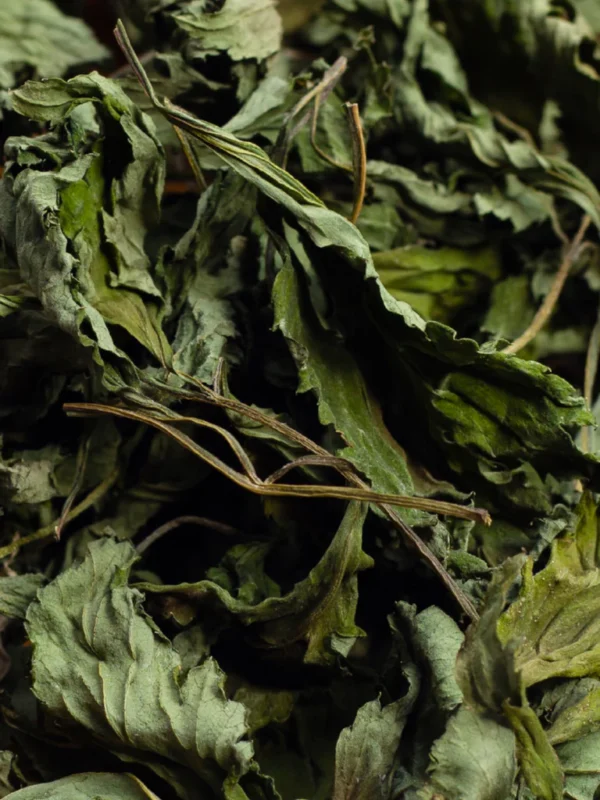
7. Ephedra (Ephedra sinica)
Also known as Ma Huang, Ephedra has been a mainstay in traditional Chinese medicine for treating colds, asthma, and respiratory conditions. Its active constituents, ephedrine and pseudoephedrine, stimulate the central nervous system, boost energy, and act as bronchodilators. Historically, it has also been used to support weight loss and enhance athletic performance. While its benefits in treating certain respiratory ailments have been validated, Ephedra’s link to severe side effects—such as high blood pressure, heart attack, stroke, and even death—prompted the FDA to ban its use in dietary supplements back in 2004. Today, although Ephedra remains available in some regions under strict medicinal supervision, its powerful effects require extreme caution.
8. Kratom (Mitragyna speciosa)
Kratom, a tropical tree native to Southeast Asia, has been traditionally used as a stimulant, an analgesic, and as an alternative to opioids. The leaves, rich in alkaloids like mitragynine and 7-hydroxymitragynine, interact with opioid receptors in the brain. In low doses, Kratom is known to provide stimulating energy, whereas higher doses are used for pain management and to ease opioid withdrawal symptoms. Although some studies hint at its potential as a natural pain reliever and mood enhancer, concerns about its potential for addiction, dependence, and withdrawal have spurred debates about its regulation. The FDA has issued warnings about the herb’s risks, including overdose and death—risks that are magnified when Kratom is combined with other substances. Its legal status varies widely by region, with some countries imposing strict bans or restrictions.
9. Comfrey (Symphytum officinale)
Comfrey is a perennial herb native to Europe and Asia that has long been prized for its wound-healing and anti-inflammatory properties. The plant’s roots and leaves contain allantoin, which is believed to assist in tissue repair, making it a favored remedy for bruises, sprains, and broken bones. It has also been used to address gastrointestinal and respiratory ailments. Despite its historical popularity, Comfrey’s internal use has raised significant concerns due to pyrrolizidine alkaloids (PAs), compounds linked to liver toxicity and potential carcinogenic effects. The FDA has explicitly warned against internal consumption of Comfrey, though its topical application—on unbroken skin and limited areas—is still considered safe. Nonetheless, caution is essential, and internal use is strongly discouraged without professional oversight.
Witches, Healers, and the Legacy of Colonial Suppression
During Europe’s witch trials, many of the women targeted were in fact community healers whose use of medicinal herbs—capable of easing pain, initiating menstruation, or inducing visionary states—challenged established norms. Plants such as belladonna, henbane, and mandrake were feared precisely because they were intertwined with women’s sexual and spiritual power.
Across the globe, colonial empires imposed similar restrictions. Indigenous healing traditions that employed plants like coca, peyote, or tobacco were outlawed as part of a broader attempt to suppress cultural autonomy. Today, many of these oppressive laws persist under the guise of public safety, continuing the erasure of Indigenous knowledge and sovereignty.
Reclamation: Transforming Censorship into Ceremony
A new generation of herbalists, medicine makers, and cultural custodians is actively reclaiming the narratives of these once-forbidden plants. Their aim is not to romanticize danger but to restore context and honor tradition. These practitioners are returning to ancestral methods of preparation, carefully educating communities on dosage and contraindications while rooting their practices in ecological stewardship.
For instance, plants such as mugwort—once shunned for its connections to menstruation and altered states—are now being reintroduced as supports for lunar cycles and intuitive practices. Similarly, the sacred blue lotus, cherished by ancient Nile civilizations for its gentle euphoric and meditative qualities, is celebrated again in our modern apothecary. Both examples illustrate a movement toward honoring ceremonial roles and a respectful, informed approach to plant medicine.

Bridging Science, Spirit, and Cultural Repair
Modern scientific inquiry is still unraveling the mysteries of traditional medicine—a field that has nurtured human health for countless generations. However, isolating specific compounds without understanding a plant’s full context can lead to adverse effects, dependencies, or even ecological imbalance.
True reclamation involves merging rigorous scientific research with age-old ancestral wisdom. It means fighting for community rights to access plant medicine, challenging unjust prohibitions, and promoting the ethical harvest and conservation of endangered species.
What We’ve Lost—and What We’re Reviving
Regulatory changes have had a significant impact on traditional herbal practices. In 2011, wide-ranging EU laws removed many traditional remedies from the market unless companies could afford costly pharmaceutical-style testing. In the U.S., FDA restrictions limit the claims herbalists can make about even well-documented benefits. These regulations disproportionately affect small herbal businesses and marginalized communities. Yet, despite these obstacles, the knowledge endures. Herbalists are reviving ancient practices and communities are reclaiming this lost wisdom. Forbidden plants, once feared for their potent chemistry and potential to defy systems of control, are slowly returning to us.
When employed with caution, respect, and a deep understanding of their traditional context, these herbs reconnect us with our ancestors, our bodies, and the natural world. The aim is not to downplay risk or eschew science, but to remember that healing was never meant to be a sterile, standardized process—it was, and always will be, a sacred journey.
Written by Anima Mundi Herbals



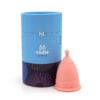














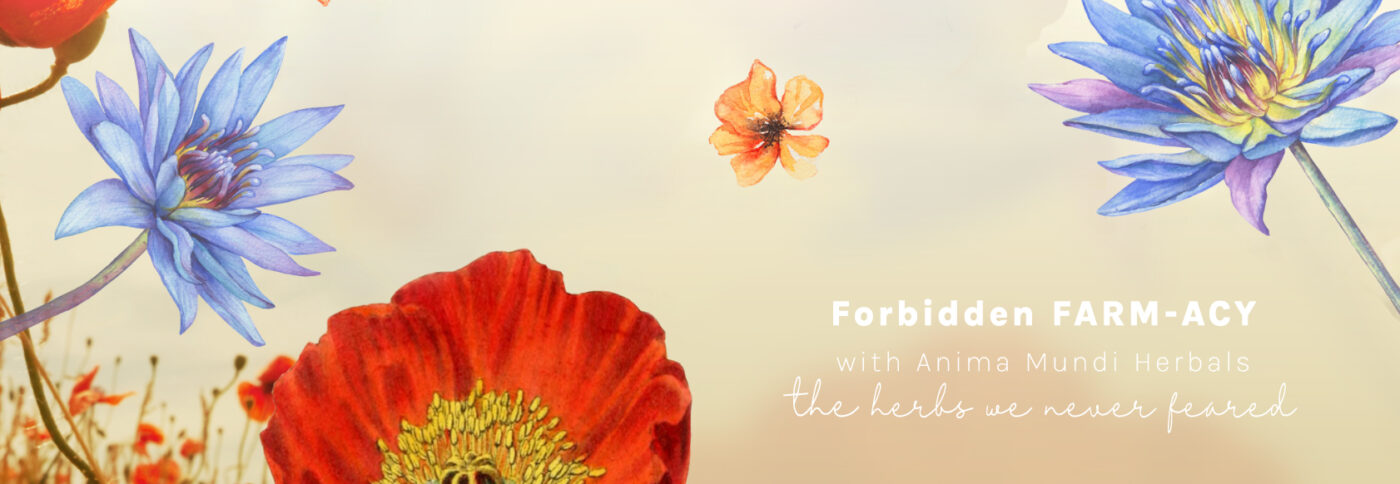



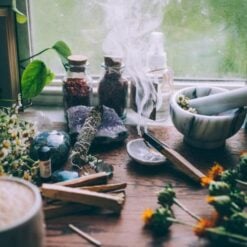


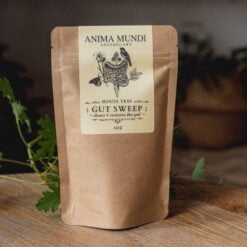
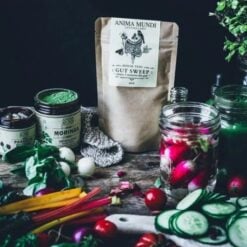

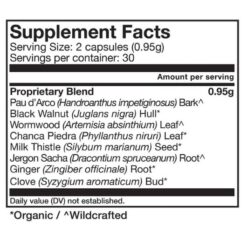




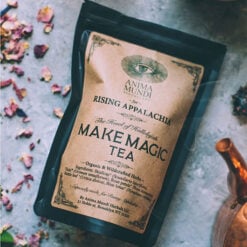
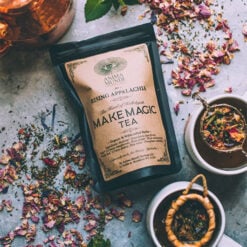
 Beauty Products
Beauty Products By Skintype
By Skintype Brands A-Z
Brands A-Z Wellness
Wellness Health / Nutrition
Health / Nutrition